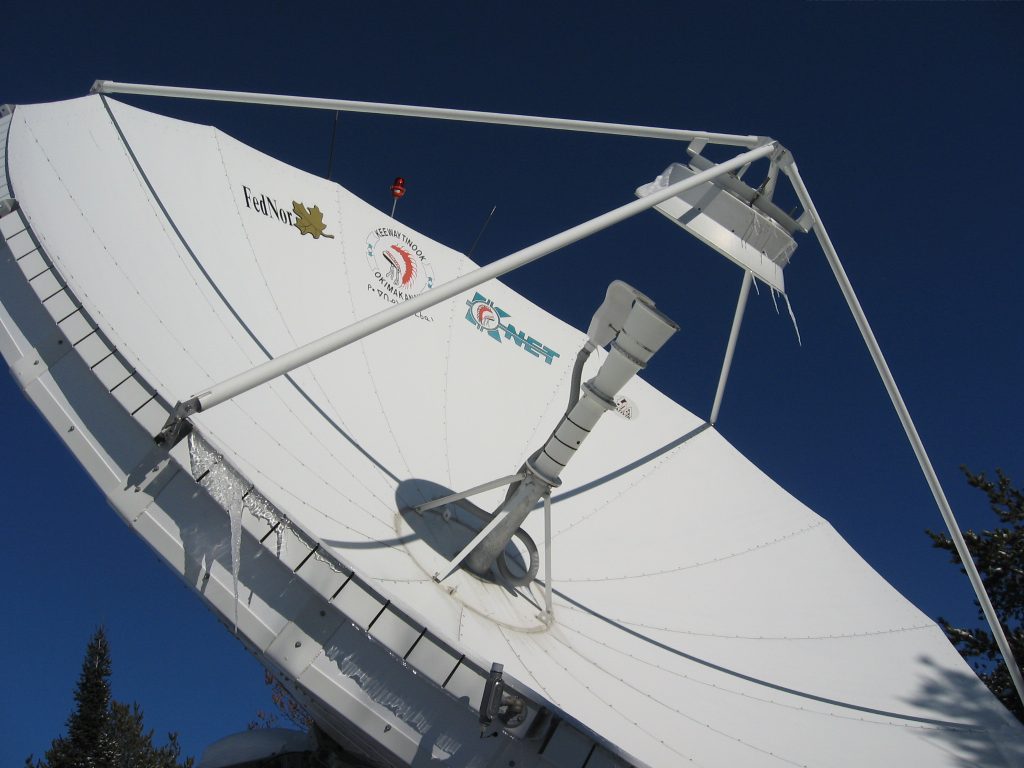The EASA Media Media Anthropology Network is organizing a panel at the 15th European Association of Social Anthropologists Biennial Conference in Stockholm, 14-17 August 2018.
“The Digital Turn: New Directions in Media Anthropology [Media Anthropology Network]”
Convenors:
Philipp Budka (University of Vienna)
Elisabetta Costa (University of Groningen)
Sahana Udupa (Ludwig Maximilian University)
This panel recognizes the digital turn as a paradigm shift in the anthropological study of media, and aims to push further the ethnographic knowledge into the role that digital media play in people’s everyday life and broader sociopolitical transformations.
- What’s New? Turns, Re-turns in Digitalization of Danish Right-wing Online Vitriol Language
Peter Hervik (Aalborg University) - Extreme Speech: Online Media Cultures as a Context for Right-Wing Politics
Sahana Udupa (Ludwig Maximilian University Munich) - Populist Masculine Domination in the Moments of Trump and Brexit: On the importance of Big <-> Thick Description
Bryce Peake (University of Maryland) - Rethinking Women’s Agency and Digital Media in the Middle East
Elisabetta Costa (University of Groningen) - Gendering Chinese Digital Media Politics
Samuel Lengen (Anglia Ruskin University) - Gender, Kinship and Mediation in Rural West Bengal, India
Sirpa Tenhunen (University of Helsinki) - An Ethnography of Young People`s Gender Negotiations in Everyday Digital (Sexual) Peer Cultures
Irene Arends (University of Amsterdam) - The Material Dimension of Digital Visuality: Anthropological Possibilities, Challenges and Futures
Philipp Budka (University of Vienna) - Matters of Similarity: Affordances of Digital Visualities
Christoph Bareither (Humboldt-University Berlin) - Digital Visualities Disrupted – Local Photographers in Aleppo and the Shifting Infrastructures of War
Nina Grønlykke Mollerup (University of Copenhagen)
